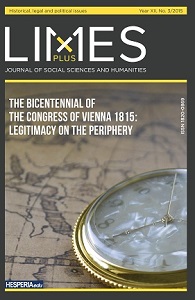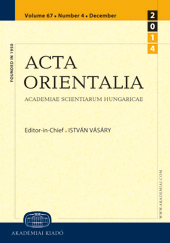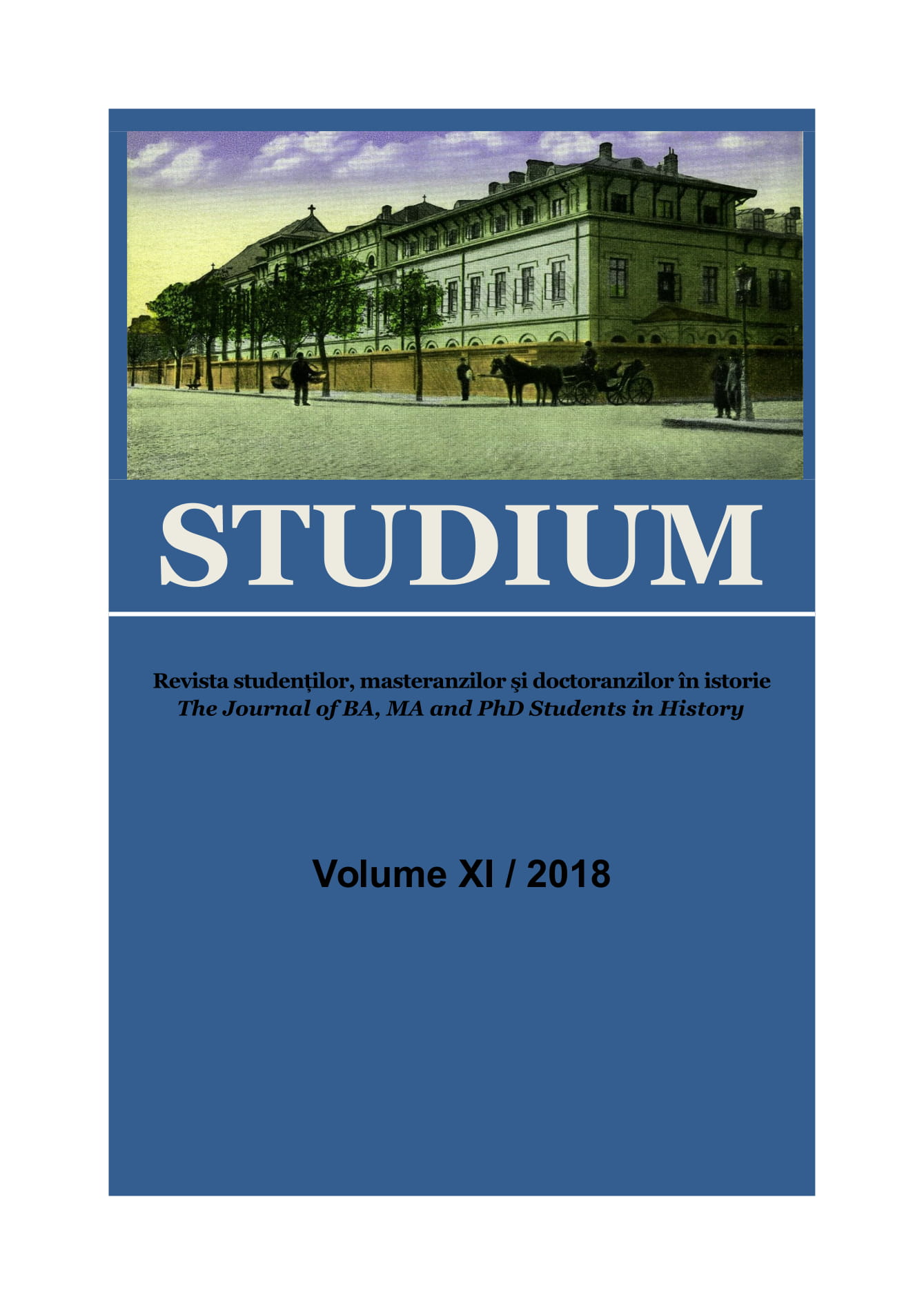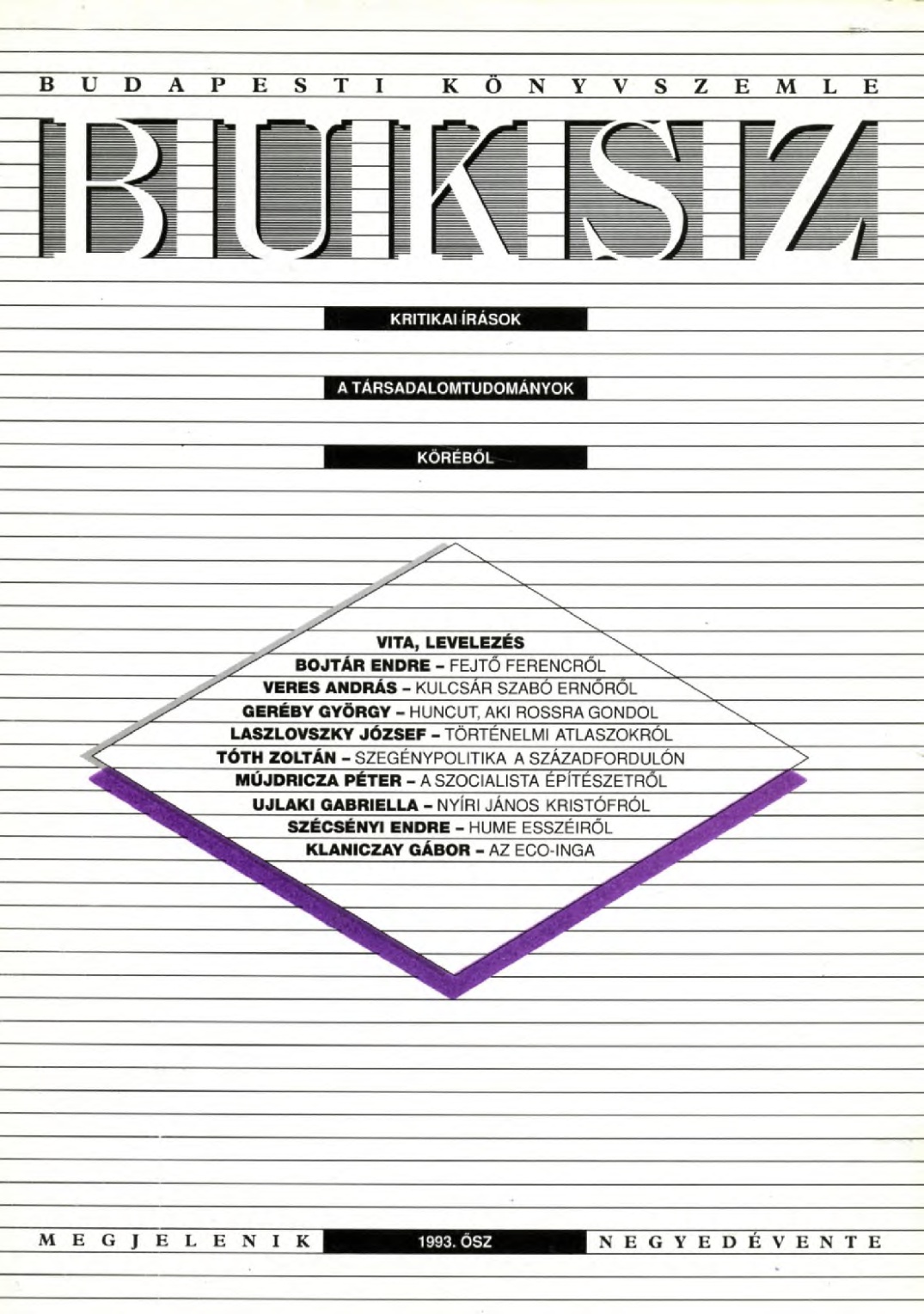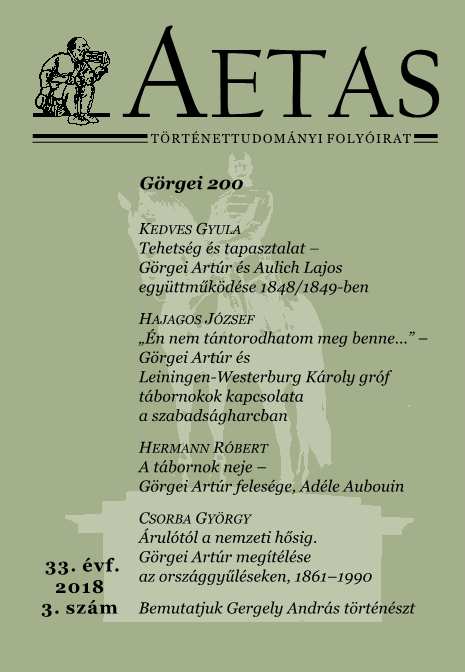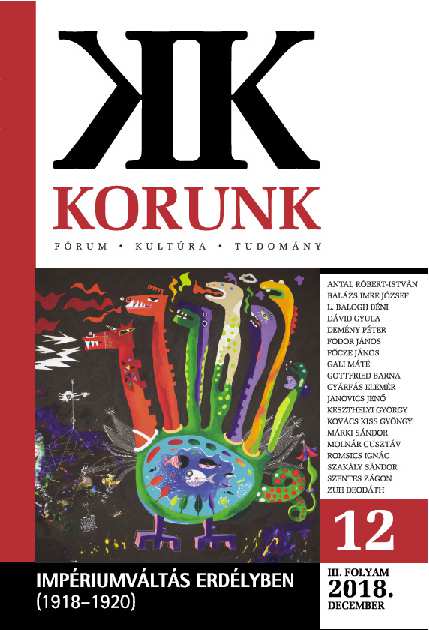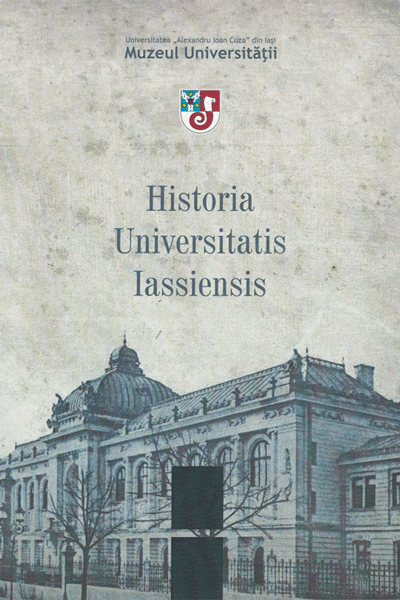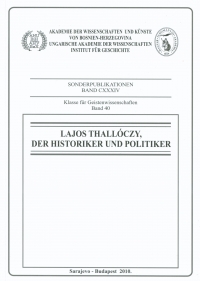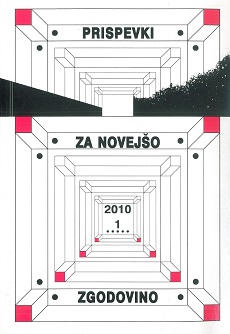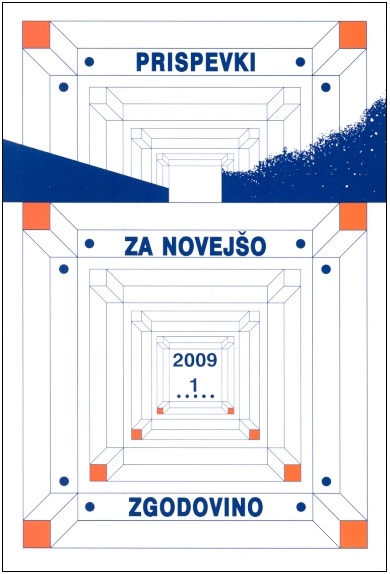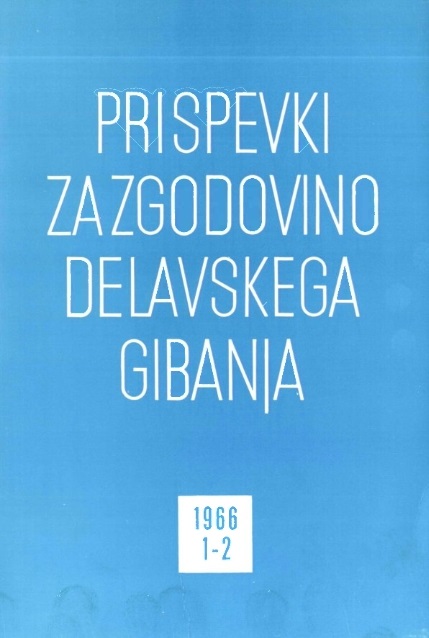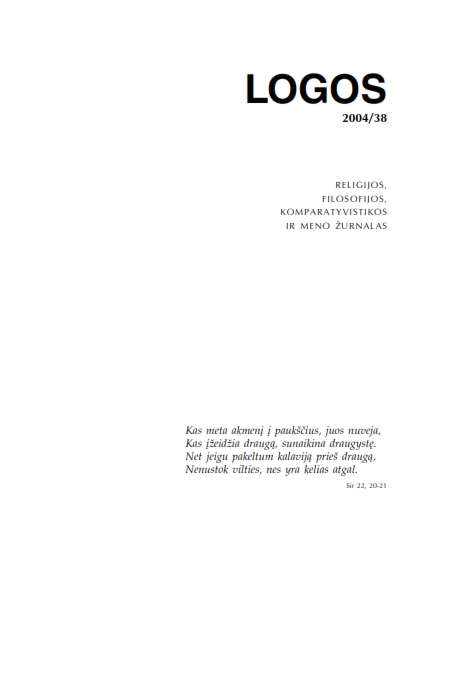Author(s): Olexandr E. Muzychko / Language(s): Ukrainian
Issue: 29/2018
The purpose of this article is to study the phenomenon of celebratingthe jubilees of historical societies operating on the territory ofSouthern Ukraine in the late nineteenth and early twentieth centuries.In particular, we set ourselves the task of finding out the number ofsuch jubilees, their scale, the form of notes, the range of people involved,the overall significance of these events. We are involved withall possible sources of sources: archived and published. As for the first,it is a question of documents from the 93 State Archives of Odesa region– «Odesa Society of History and Antiquities». Published sourcesare predominantly published in periodicals of societies. Informationof interest to us is mainly contained in the sources of the reports - thereports and reports of the companies. Narrative sources, publicationof analytical articles about societies in the time magazines and newspapersare an essential addition.Thesis. The main idea of this article is that in the territory of SouthernUkraine, for a long time, there were 4 societies that directed theirefforts to study history: the Odesa Society of History and Antiquities(OSHA), the Tavria Scientific Archival Commission, the Historical andPhilological Society at the Odesa Novorossiysky University and theKaterynoslav Scientific Archival Commission. Actually, this durationwas the main prerequisite for celebrating their anniversaries. With theexception of OSHA, all three companies chose the first meeting as thestarting point for their existence. Only OSHA, having the status of theimperial, decided to choose a reference point on November 14, 1839- from the date of the emperor’s permission. In total, 8 anniversarieswere celebrated, four of which were large-scale: 50th anniversary ofthe OSHA in 1889, the 15th anniversary of the Historical and PhilologicalSociety at the Novorossiysk University - in 1904, the 25th anniversaryof the Tauridean Scientific Archival Commission in 1912 andthe 10th anniversary of the Katerynoslav Scientific Archival Commis-66sion in 1913. Of these, 14 generalized brochures and articles on theactivities of these historians’ associations were published, of which 10were devoted to the OSHA.The main thesis of this article is that designed to explore and preservehistory, historical societies of the South of Ukraine themselvescreated a history, became a significant subject of the cultural life of alarge region. Anniversaries of these societies performed several functions:1) historiographic (analysis of the traversed path in order tooutline further ways of development); 2) memorial (honoring respectablemembers); 3) scientific and communicative (strengthening tiesbetween members of associations and similar institutions); 4) public(popularization of history, increasing the social significance of societiesfor the growth of material and moral support). Anniversariescontributed to the revival of the historiographical process, drawingattention to historical societies and, in general, the problems of thedevelopment of historical science from the press, causing the analyticalreflections of historians.
More...
